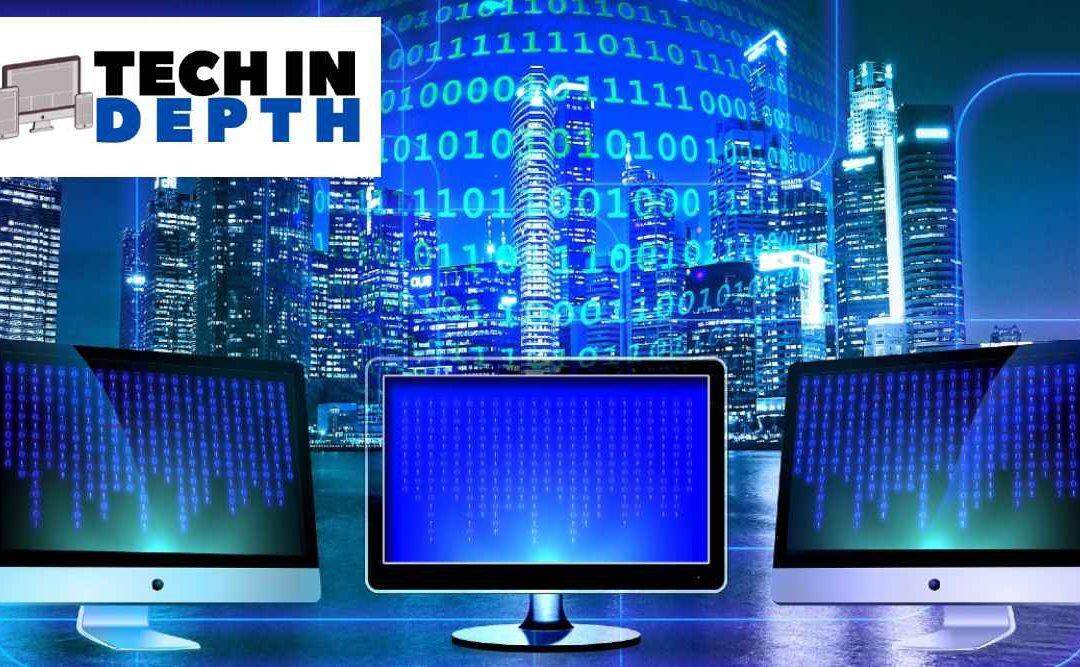Web 3.0 is probably a term you’ve been reading about more and more in recent months, especially if you’ve been keeping tabs on topics like cryptocurrency, blockchain and the future of the internet. But what exactly is Web 3.0? Is there a Web 2.0 and Web 1.0 as well? What’s expected to change with Web 3.0?
These are some of the questions we’ll be looking at in today’s edition of Tech InDepth.
What are these Web numbers?
Imagine the internet and the important milestones of how people interact with it since the beginning of the World Wide Web. This long journey is unofficially divided into three phases or generations. These are termed Web 1.0, Web 2.0 and Web 3.0.
With Web 2.0, the major new aspect that came into play is interaction. Concepts like ‘liking’ something you read on social media, ‘commenting’ on videos and sharing interesting content became prevalent trends.
Content also started becoming more user-driven, where websites would feed off on user-data to analyse patterns and feed the users content they are more likely to enjoy, in turn spending more time on the sites. This also became a phase where ads started popping on pages, again based on these data bits, and monetisation of content started growing.
As we move towards Web 3.0, one major trend is expected to be decentralisation. This is basically a concept that takes power and/or control away from a single person or body, and gives it to the masses.
Decentralisation, blockchain and other Web 3.0 trends
A good example of this is cryptocurrency, which is essentially decentralised currency that is not governed or monitored by a single government, but rather operated and managed by the very people minting and using it in a simultaneous process. Check out the article below for more information on this.
Also Read |Tech InDepth: Understanding crypto mining and its ups & downs
The whole point of the decentralisation element in Web 3.0 is considered by many to be bringing control back to users, instead of the creators. Web 2.0 services, for instance, may crash when the servers of a particular platform go offline at the headquarters. This, however, wouldn’t be possible with a Web 3.0 platform that essentially is run by everyone using it, in multiple, simultaneously updated copies via a P2P (peer-to-peer) network, like torrents.
Considered the next big element of Web 3.0 is blockchain. Blockchain, the backbone of cryptocurrency, is also key to how ownerships of digital assets will be verified and validated in the years to come. Just like NFTs (non-fungible tokens) other blockchain-based tech is expected to come up, where only verified content owners will gain monetary benefits of assets, and not middlemen.
Web 3.0 is also expected to change how monetisation and marketing will work on the larger scale, with Artificial Intelligence (AI) powering tech like Natural Language Processing (NLP) which is set to make interacting with computers more like interacting with fellow humans, rather than with a machine.
This will be further powered by the growth of 3D tech, AR/VR hardware and new user interface designs. The Metaverse, another concept that defines a digital universe in existence parallel to our own, entirely powered by new-age technology, is also set to play a big-role in the transition to Web 3.0.
Of course, there’s no telling when the transition to Web 3.0 will be observed, it could be quick, or a gradual one that perhaps we’re already experiencing right now. Either way, Web 3.0 is expected to change how the web works, how we interact with it, and what we use it for in the near future.











